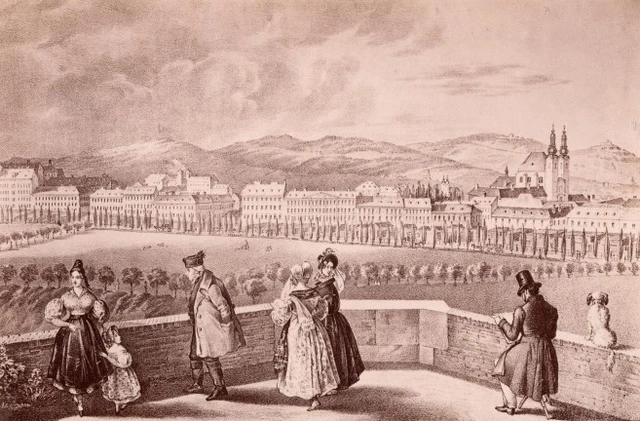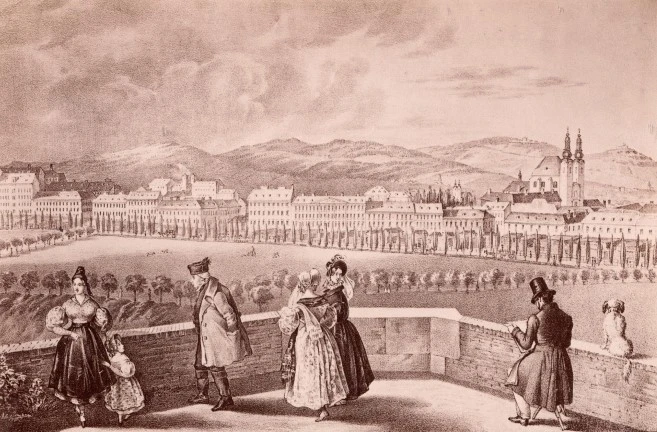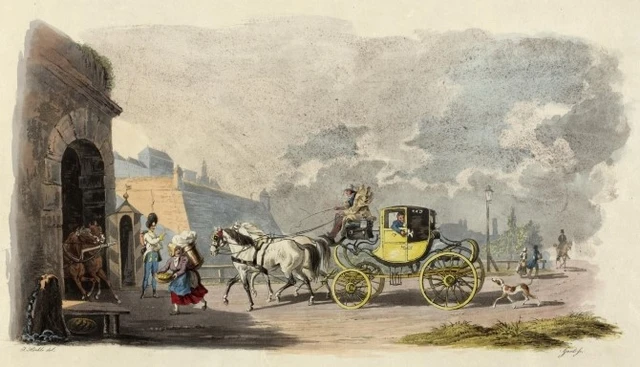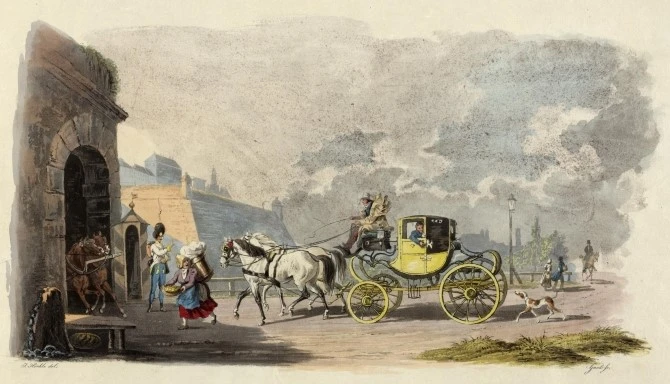Beethoven retuned to live in the Alservorstadt on multiple occasions during his lifetime. In 1804 he again found himself looking for new accommodation, and wrote to his friend Stephan von Breuning for help: “Should you, perchance, hear of any lodgings that would be suitable for me, please let me know.” He went on to suggest that “If you were ever to take a larger apartment, I would certainly be interested in taking yours.”
As it turned out, Beethoven went on to move into Breuning's Rote Haus (Red House), where he is believed to have written the “Triple Concerto” (op. 56). The estate on which the flat was located featured more than 150 apartments spread out over two floors, and was owned by Prince Esterhazy. Beethoven moved out of the Red House shortly afterwards, probably as a result of a falling-out with Breuning. As he wrote to a friend: “This place disgusts me – I am fed up of it. For heaven's sake, do all you can to make sure that he [Beethoven's brother] rents it immediately, because I want to move to Döbling [now Vienna's 19th District] right away.” Beethoven and Breuning later resolved their quarrel, as the dedication to Beethoven's Violin Concerto, op. 61, makes clear.






